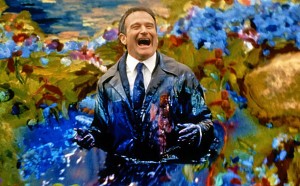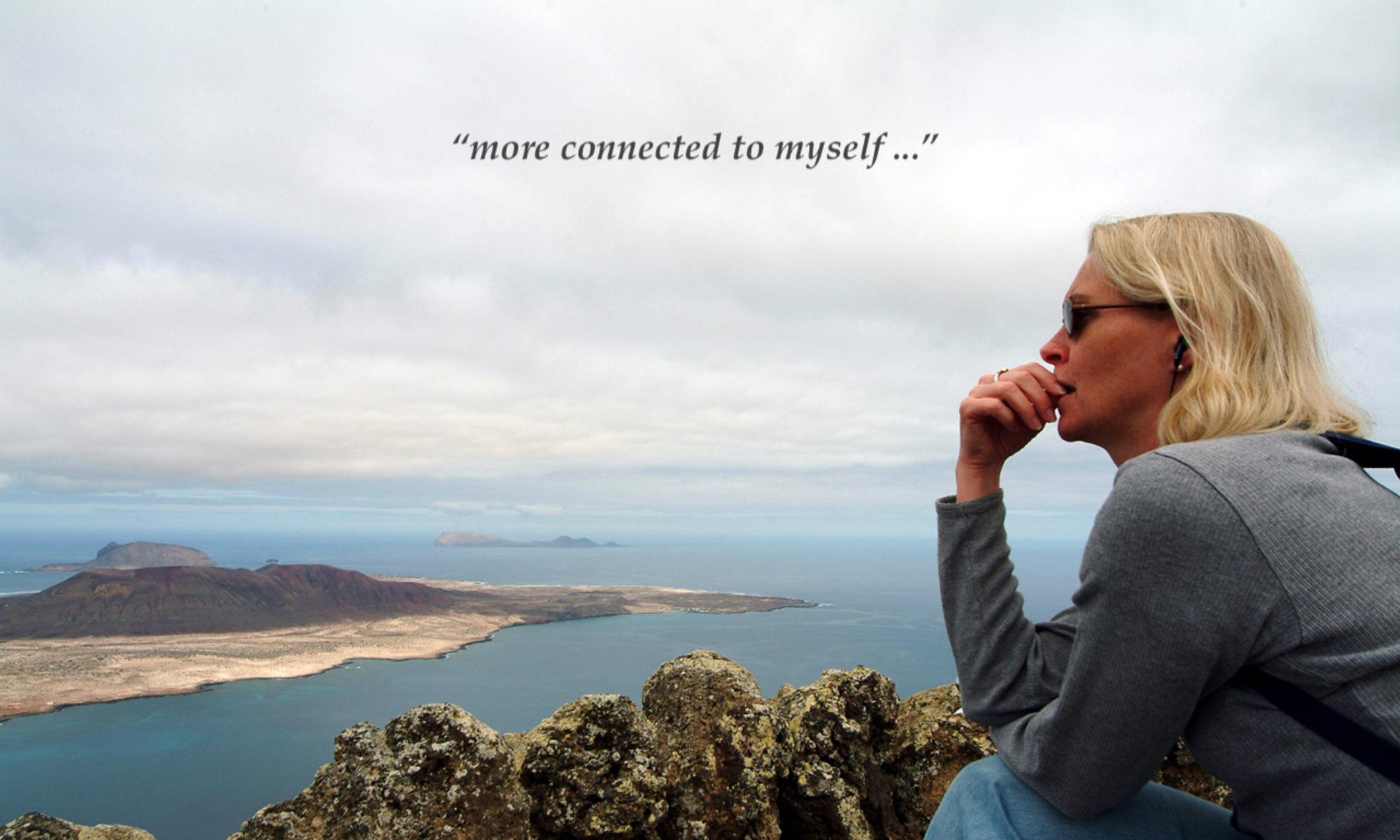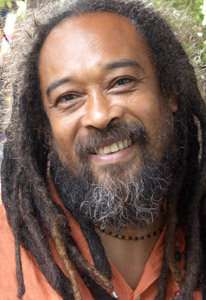“Every place that the sole of your foot will tread upon I have already given to you, as I promised to Moses..” Joshua ch1 v 3
Meditation: “Saying the mantra is like playing verbal hopscotch from now to now.”
Via Positiva
 One of the things our parents teach us if we are well socialised is to suffer the sweet pain of deferred gratification – resisting immediate sweetie rewards in order to receive a sweeter reward later. I swallowed it. I still had Easter eggs left over when I went on my summer holidays.
One of the things our parents teach us if we are well socialised is to suffer the sweet pain of deferred gratification – resisting immediate sweetie rewards in order to receive a sweeter reward later. I swallowed it. I still had Easter eggs left over when I went on my summer holidays.
This capacity to resist the temptation of an immediate reward in anticipation of a later better reward can be seen either as sign of growing up or or a sign of being controlled by the grown ups or those in authority. Religion has cornered the market in deferred gratification with the trump card of heaven – put off eating all chocolate until you taste the resurrection egg.
This is neither biblical nor liveable. When God promised Moses the Promised Land He wasn’t referring to heaven but to the conquest of Canaan in the next generation and before Joshua crossed over God encouraged him with these strange words. “Every place that the sole of your foot will tread upon I have already given to you, as I promised to Moses.” The future promise is already a present given. Like a Russian Easter egg the favourable future outcome is already hidden in the womb of the present moment. Jesus said “the Kingdom is within you.”
That’s why there is a seed of truth in the second step of Skakti Gawain’s four steps to effective creative visualisation. “You should think of it in the present tense as already existing the way you want it to be.” The danger of living on a promise is that tomorrow never comes and you miss the gift in the present. You become addicted to the idea that there is something missing and you go looking for it somewhere else. As Lauren Britt puts it, “beware of Destination Addiction—a preoccupation with the idea that happiness is in the next place, the next job, or with the next partner. Until you give up the idea that happiness is somewhere else, it will never be where you are.”
The other danger is only living for the present moment as though there was no promise for tomorrow – what has become our YOLO mentality of “you only live once” which confuses happiness with pleasure. The utilitarian philosopher John Stuart Mill puts this ‘pleasure paradox’ succinctly. “Those only are happy who have their minds fixed on some object other than their own happiness. Aiming thus at something else, they find happiness along the way. Ask yourself whether you are happy, and you cease to be so.”
Which reminds me of something Charles Kingsley says. “We act as though comfort and luxury were the chief requirements in life, when all we need to make us really happy is something to be enthusiastic about.”
If you want to be happy find something to be enthusiastic about or, if you want to be uber enthusiastic like Soren Kierkegaard, find the idea for which you are willing to live and die for. It may involve a little deferred gratification following this path but you’ll be happy in the moment. What did the Buddha say? “There is no way to happiness. Happiness is the way.” I still don’t really understand what he meant. It is tautological.
The thing that separates us from our future happiness is time. If it wasn’t for time the happiness that you anticipate experiencing tomorrow in your promised land is already here now. Which is fortunate since all mystics agree that time is an illusion of the mind.
In the inspiring documentary ‘Taro – El Eco de Manrique‘ the artist Cesar Manrique says “time is a creation of the brain.” Living in the now is the surest way to the promised land.
“Here is the Promised Land. The eternal is here. Have you ever noticed that you have never left here, except in your mind? When you remember the past, you are not actually in the past. Your remembering is happening here. When you think about the future, that future projection is completely here. And when you get to the future, it’s here. It’s no longer the future.
To be here, all you have to do is let go of who you think you are. That’s all! And then you realise, “I’m here.” Here is where thoughts aren’t believed. Every time you come here, you are nothing. Radiantly nothing. Absolutely and eternally zero. Emptiness that is awake. Emptiness that is full.” Adyashanti



